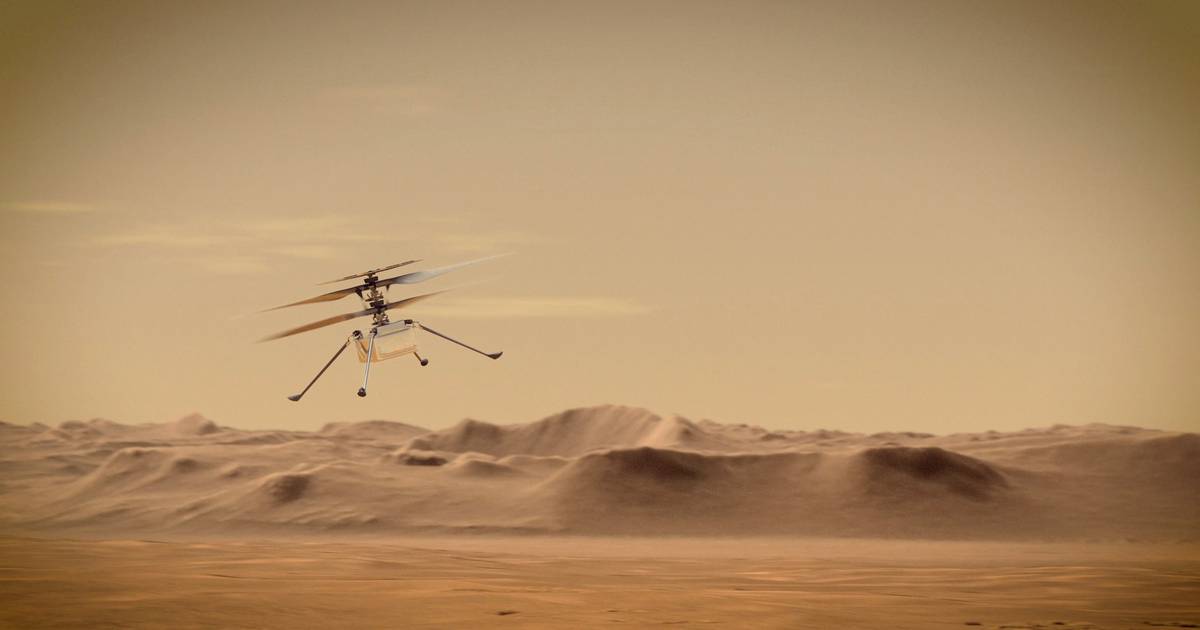As a result of global warming, the Khumbu Icefall, a perilous section of climbing Mount Everest, has become increasingly unstable. This dangerous icefall poses a significant challenge for climbers on the South Col route, who must navigate it before reaching Camp 1. The Khumbu Icefall is a 2.6km sheet of slow-moving ice filled with large ice blocks known as seracs and deep crevasses.
The task of ensuring the safety of climbers in this region falls to the Icefall Doctors, experts who must plot a safe route through the icefall each climbing season. Due to the unstable conditions caused by global warming, this year’s climbing season on Everest was delayed by 12 days. Climatologist and Mount Everest researcher Paul Mayewski from the University of Maine predicts that the icefall will become even more dangerous as temperatures continue to rise.
The movement of the Khumbu Icefall results in deep crevasses and deadly avalanches, making it one of the most hazardous parts of climbing Mount Everest. Over the years, numerous climbers have lost their lives due to avalanches on icefalls, ice collapses, and falling into crevasses. The Icefall Doctors play an essential role in scouting the safest route through this treacherous terrain each year.
However, climate change is not just affecting the stability of the icefall; it is also causing glaciers like the Khumbu Glacier to shrink and erode at an alarming rate. This erosion increases risks associated with avalanches, falling ice, and dangerous crevasses on Mount Everest’s highest glacier. Research by Mayewski shows that one-third of South Col’s ice has disappeared in recent decades due to climate change’s impact on glaciers across Mount Everest.
Despite these challenges posed by climate change, Mayewski remains optimistic that climbers will still be able to conquer Mount Everest in future seasons. However, he warns that increased risks associated with global warming will make this feat even more challenging for climbers in years to come.
In conclusion, while global warming continues to affect many aspects of our planet’s ecosystems and environment worldwide



